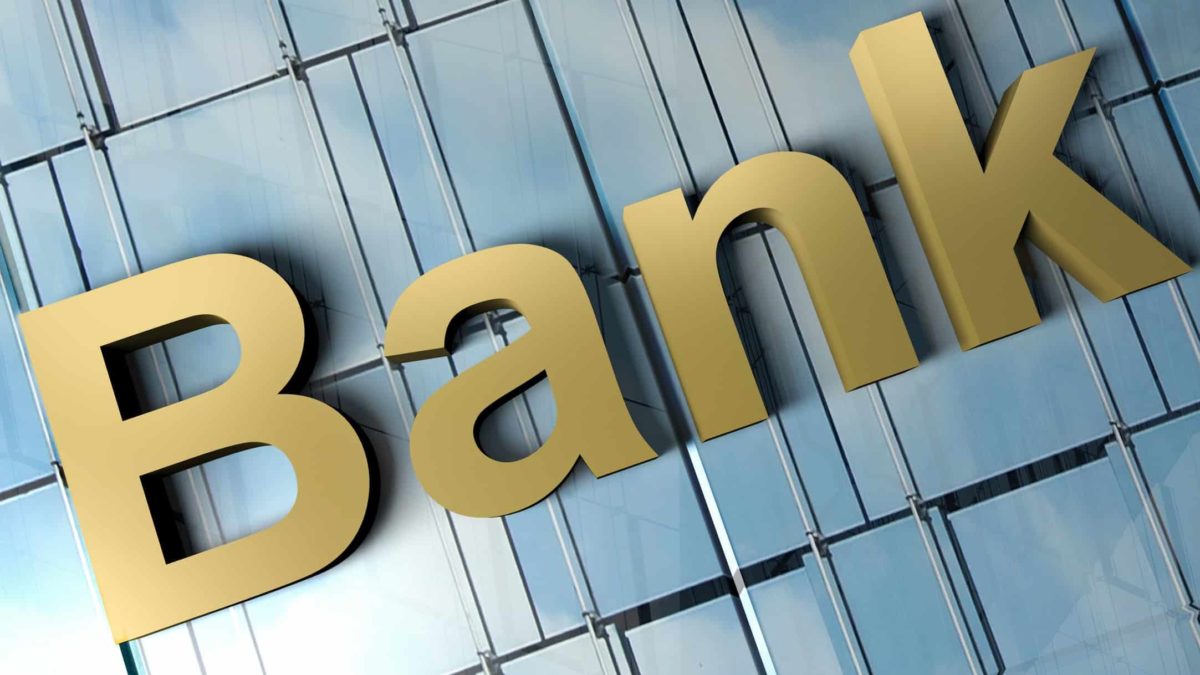The Commonwealth Bank of Australia (ASX: CBA) share price is up after some of the big four banks cut their savings rates.
According to reporting by News Corp (ASX: NWS), both CBA and Australia and New Zealand Banking Group Ltd (ASX: ANZ) have decided to reduce the interest rates for bank account savers.
ANZ has decided to cuts its savings rate by 0.10% and CBA decided to reduce the interest rate by 0.05%.
News.com.au quoted Canstar executive Steven Mickenbecker on what this means for savers:
The low interest rate environment has dealt a major blow to savers, with the average annual interest earnings on bonus savings accounts now $400 less annually than what it was 10 years ago. For some people this could be the cost of their car insurance renewal each year. As savings rates creep ever closer to zero, more savers must surely be changing their savings habits, whether it be by chasing the higher rates that are available or by building a mix of other investments into their portfolio or both.
At the time of writing, National Australia Bank Ltd (ASX: NAB) and Westpac Banking Corp (ASX: WBC) haven't yet announced any interest rate cuts.
This move may slightly increase the banks' net interest margin (NIM), which is the profit measure of the margin of when banks are lending out money.
What have recent results looked like for CBA and ANZ?
CBA
CBA's FY20 result reflected the impact of COVID-19 on customers and the economy, however the bank said its performance remained strong due to disciplined execution of the strategy and it continued to improve its balance sheet.
The FY20 statutory net profit after tax (NPAT) dropped 12.4% to $9.63 billion and cash NPAT declined 11.3% to $7.3 billion. The loan impairment expense increased by $1.3 billion to $2.5 billion as the loan loss rate increased to 33 basis points. The net interest margin (NIM) declined by another 2 basis points to 2.07% because of the impact of lower interest rates.
The common equity tier 1 (CET1) capital ratio was 11.6%, which was above APRA's unquestionably strong benchmark of 10.5%.
The latest released financial result was the FY21 first quarter trading update which showed that CBA generated $1.9 billion of statutory NPAT and $1.8 billion of cash profit, down 16% on the prior corresponding period. CBA said that income was stable, but expenses (excluding customer remediation) were up 2%.
In that quarter to 30 September 2020, the CET1 ratio continued to strengthen as it grew 20 basis points to 11.8%.
The CBA share price has gone up 1.4% today.
ANZ
It wasn't too long ago that ANZ reported its FY20 result.
Its profit had a difficult year with (continuing operations) cash profit falling by 42% to $3.76 billion. Statutory net profit after tax fell by 40% to $3.58 billion.
When ANZ excluded certain items, the profit decline wasn't as heavy. Profit before the credit impairments and tax fell by 16% to $8.37 billion. Profit before credit impairments, tax and large notable items only fell by 1% to $10.1 billion.
The total provision charge in the second half was $1.06 billion and followed the $1.67 billion charge taken at the first half. The collective provision balance increased to $5 billion at 30 September 2020. Its gross loans and advances increased by 1% to $622 billion whilst customer deposits grew by 8% to $552.4 million.
ANZ's common equity tier 1 (CET1) ratio declined by 2 basis points to 11.3%.








